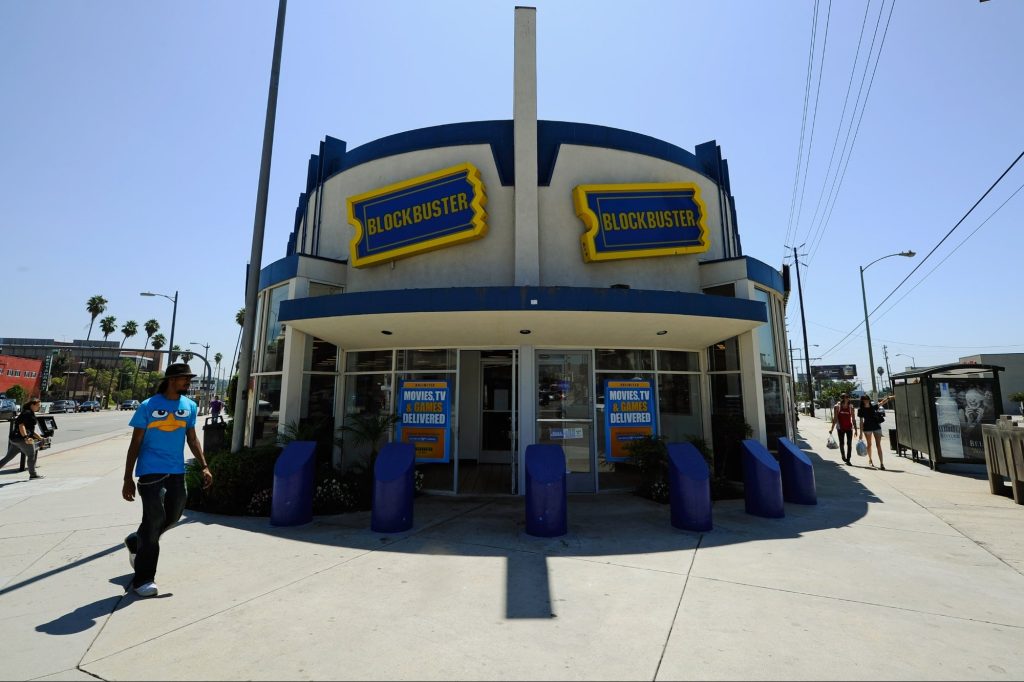Innovation is the source of critical differentiation in competitive markets. Unfortunately, innovation has become a buzzword for something that looks more like creativity in practice — or worse, incremental improvements. This conflation has had an undeniable detrimental effect on companies and consumers alike.
Creativity is the generation of new ideas. While valuable, these concepts cannot always be marketed or commercialized. Instead of addressing true consumers’ met or unmet needs, they were generated based on technical know-how. Even when they can be commercialized, they don’t often drive revenue or profit growth as expected.
On the other hand, innovation is driven by consumer needs and demands, especially unmet needs. Ultimately, innovation is the differentiator influencing consumer behavior, creating new revenue and increasing profit — all the makings of a market leader. Innovation is about transformation: achieving more with less, finding new ways of doing things and identifying ways to create new consumer demand. Especially in uncertain times, how do you significantly alter the playing field to your benefit?
Two key types of innovation drive increased profits: new-to-the-world solutions and new-to-the-market solutions. For either method of innovation to be successful, executive leadership must build and foster a culture that relentlessly prioritizes listening to the targeted consumers it aims to serve. Innovation can happen only by harnessing the power of people — especially those with different ways of thinking.
Related: 11 Innovation Strategies That Can Effectively Increase Your Businesses’ Growth
1. New-to-the-world solutions
New-to-the-world solutions are not existing products with incremental changes made; they are original in their approach to problem-solving and often create new categories that irrevocably change the market. New-to-the-world solutions require a deep understanding of consumers’ unmet needs and behaviors to accurately identify and address problems that consumers may not even realize they have. This means listening to what consumers don’t say and observing what they do. Based on this consumer understanding, technological know-how can make solutions.
Consider the classic example of how Netflix reinvented itself during the Global Financial Crisis of 2008, surpassing Blockbuster to change the entire at-home entertainment landscape. The company saw consumer demand shrinking and found new ways to create more value for consumers via home delivery and streaming content directly to the consumers’ homes.
Gone are the days of video cassettes, DVDs and Blu-ray disks — and better yet, consumers don’t need to drive to the stores to pick them up. While such a thing was unthinkable just 15 years ago, Netflix has since evolved into the streaming platform we all know and enjoy from our devices — a true innovative shift.
Related: Want to Build a Faster Horse? Follow these 3 Innovation Strategies
The rapid advancement of the internet also revolutionized traditional workplaces, including office supplies. As emails began to dominate modern professional communication, 3M’s Post-It notes were put in a somewhat sticky situation — and so 3M invented an innovative product that was even stickier. The Post-It Super Sticky notes could adhere to any vertical surface — including chairs, doors, computers, refrigerators, etc. This innovation addressed the needs of consumers who still preferred physical, visual reminders but found themselves using paper memos less frequently. The Post-it Super Sticky notes were made in vibrant colors, offering a convenient reminder that could be placed almost anywhere, ensuring that the product remained relevant and helpful even in the digital age.
By contrast, Google failed to understand the true unmet needs of its consumers when the company first launched its “moonshot” Google Glass in 2014. Despite the “smart” glasses’ cutting-edge technology, the product was discontinued after just one year. Despite its live map imaging and hands-free web navigation, Google botched its assessment of the product’s marketability — opting for a “clunky” shape, overcomplicated features, and an overwrought price tag ($1,500).
This is a classic example of a new-to-the-world product that myopically prioritized sleek, convenient bells and whistles over simplicity and accessibility. Google also failed to consider the desires and budgets of consumers properly. The product did not offer an authentic solution to make consumers’ lives easy and affordable.
Related: Why Combining Company Culture with Strategy is Necessary for Lasting Business Success
2. New-to-the-market solutions
New-to-the-market solutions deliver an already-existing product to a region or market where it was not previously familiar or available. This does not require a fundamental change to the product itself but rather an integration into a new demographic of consumers — but not all products that succeed in one region are destined to succeed in another. Therefore, it’s crucial to take note of the ethnographic differences between markets and to develop a deep understanding of the cultures being marketed to.
WD-40 is a prime example of a longtime staple of the American home that was popularized globally. Invented in San Diego in 1953, WD-40 was created for Convair to protect missiles from rust and corrosion and was later used more widely for its water-resistance and lubrication properties. The product was not introduced to Latin America until the 1960s, when it was presented as a valuable tool for people from all walks of life — including mechanics, cleaners, and individuals preparing for natural disasters.
In addition to sponsorships of sporting events and festivals, the company was careful to market WD-40 to the Latin American audience through localized campaigns tailored to regional needs and interests. Lastly, the company established partnerships with local retailers and distributors to ensure the product’s accessibility. WD-40 was known for its versatility and reliability, but its affordability and universality propelled its successful sales in over 170 countries worldwide.
Related: Great Minds Think Unalike — 3 Ways to Drive True Innovation Through Diversity
Unlike WD-40, Bunnings — an Australian hardware and garden center chain — struck out in the UK market. While Bunnings was able to understand and cater to the needs of Australian homeowners, its leadership failed to consider the UK’s very different DIY habits, climate and competitive landscape.
After overpaying for the UK-based home store chain Homebase, Bunnings made drastic changes to its logo, layout, and product mix without raising awareness around Bunnings’ brand in the UK. Bunnings also failed to invest in its UK presence properly, alienating potential consumers familiar with Homebase. Thus, Bunnings and its products failed to catch on with UK consumers, and in 2018, the brand was forced to sell Homebase at a loss of 1.7 billion Sterling pounds.
The reality is that creativity alone will not create demand nor change consumer behavior. True innovation requires a combination of creativity, foresight and deep consumer understanding to deliver the right solutions for consumers’ unmet needs. Our current economy is actually primed for innovation — this troubled market is similar to what Netflix faced back in 2008, and company leaders would be wise to follow Netflix’s example.
Now is the time when generational entrepreneurs launch their world-changing businesses, and real innovative ideas are born. For existing companies, large and small, it’s a time to double down on the core of who you are and what can be best offered to consumers to drive new demand.
Read the full article here






